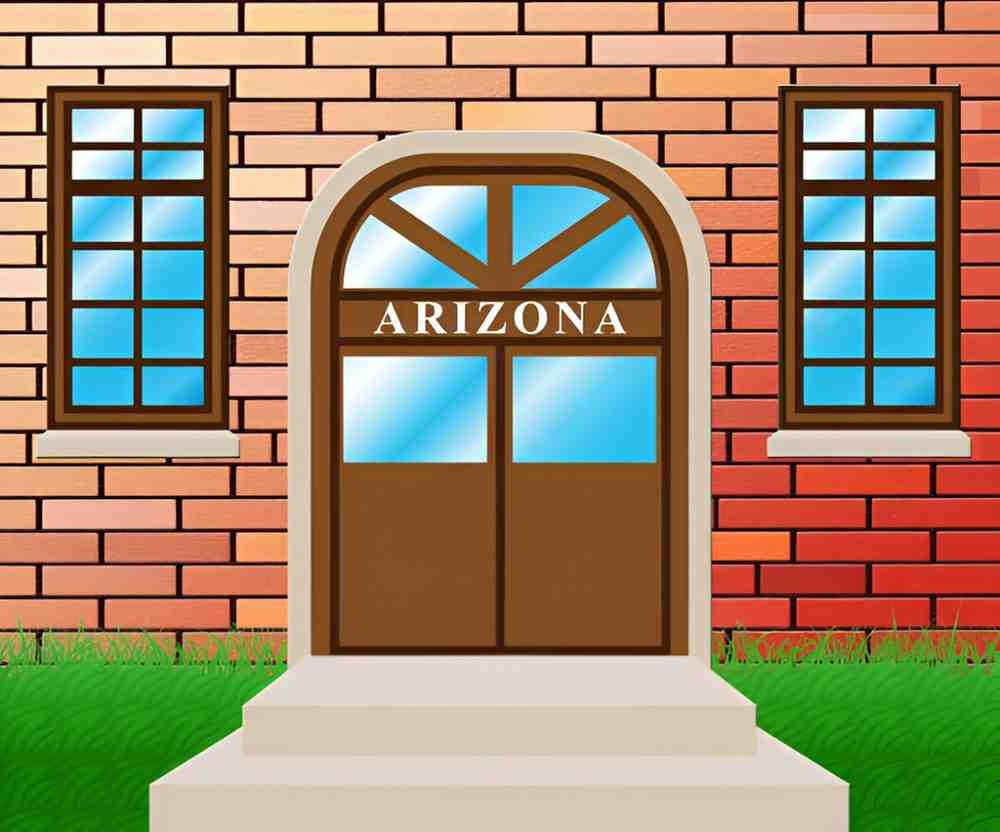A reverse mortgage is a financial tool that allows homeowners aged 62 or older to access their home equity without making monthly mortgage payments. This option can provide financial relief and additional income, especially for retirees. However, reverse mortgages come with specific rules, costs, and risks that homeowners must understand before making a decision.
Table of Contents
Understanding Reverse Mortgages
A reverse mortgage is a loan that enables homeowners to convert part of their home equity into cash. Unlike a traditional mortgage, where borrowers make monthly payments to a lender, a reverse mortgage pays the borrower. The loan is repaid when the homeowner moves, sells the home, or passes away.
Types of Reverse Mortgages
There are three main types of reverse mortgages available in Arizona:
- Home Equity Conversion Mortgage (HECM) – Federally insured by the FHA, HECMs are the most common type. They have limits on borrowing amounts and require counseling from a HUD-approved counselor.
- Proprietary Reverse Mortgage – Private lenders offer these mortgages, which allow homeowners with higher-value homes to access more equity than an HECM would allow.
- Single-Purpose Reverse Mortgage – This option is typically offered by local government agencies and nonprofit organizations for specific purposes, such as home repairs or property tax payments.
Who Qualifies for a Reverse Mortgage in Arizona?
To qualify for a reverse mortgage, borrowers must meet the following criteria:
- Be at least 62 years old
- Own the home outright or have a low remaining mortgage balance
- Live in the home as their primary residence
- Maintain the home and keep up with property taxes and homeowners insurance
- Attend a counseling session with a HUD-approved counselor
The amount a homeowner can borrow depends on several factors, including age, home value, interest rates, and loan type.
How Much Can You Borrow?
The amount available through a reverse mortgage depends on the home’s appraised value, current interest rates, and the borrower’s age. The older the borrower, the more they can typically receive.
Sample Calculation
Suppose a 70-year-old homeowner in Arizona owns a home valued at $400,000 and is eligible for a reverse mortgage with an interest rate of 4.5%. The loan principal limit factor might be around 50%, meaning the maximum amount available is:
400{,}000 \times 0.50 = 200{,}000After deducting fees and mortgage insurance, the net amount available to the borrower might be around $180,000.
Ways to Receive Reverse Mortgage Funds
Homeowners can receive reverse mortgage proceeds in several ways:
- Lump Sum – A one-time payout, typically used for major expenses.
- Monthly Payments – A steady income stream for a specific period or for life.
- Line of Credit – Borrowers withdraw funds as needed, and unused amounts grow over time.
- Combination – A mix of the above options to suit financial needs.
Costs and Fees
Reverse mortgages come with costs that can affect the net amount a homeowner receives. These include:
- Origination Fee – Typically 2% of the first $200,000 of the home value plus 1% of the remaining value, capped at $6,000.
- Mortgage Insurance Premium (MIP) – 2% of the home value upfront and 0.5% annually.
- Interest Rates – Fixed or adjustable, affecting the loan balance over time.
- Servicing Fees – Monthly fees charged by lenders.
Fee Breakdown Table
| Fee Type | Cost Estimate |
|---|---|
| Origination Fee | $2,000 – $6,000 |
| Mortgage Insurance | 2% upfront + 0.5% annually |
| Interest Rate | 3% – 6% |
| Servicing Fees | $30 – $35 per month |
Advantages and Disadvantages of Reverse Mortgages
Pros
- Provides financial flexibility for retirees
- No monthly mortgage payments
- Borrowers retain home ownership
- Proceeds are tax-free (though may affect benefits like Medicaid)
Cons
- Loan balance increases over time
- Costs and fees can be high
- Home equity is reduced for heirs
- Default risk if property taxes or insurance are unpaid
Reverse Mortgage vs. Home Equity Loan
| Feature | Reverse Mortgage | Home Equity Loan |
|---|---|---|
| Age Requirement | 62+ | None |
| Monthly Payments | Not required | Required |
| Loan Repayment | Due upon moving or death | Fixed repayment schedule |
| Impact on Heirs | Home may need to be sold | Debt must be repaid |
What Happens When the Borrower Passes Away?
When the borrower dies, the loan balance becomes due. Heirs have options:
- Repay the loan and keep the home
- Sell the home and pay off the loan, keeping any remaining equity
- Allow the lender to take ownership if the balance exceeds home value
The FHA ensures that heirs never owe more than the home’s worth.
Is a Reverse Mortgage Right for You?
A reverse mortgage may be a good choice if you:
- Need supplemental income in retirement
- Want to stay in your home long-term
- Have sufficient home equity
However, if you plan to move soon, a reverse mortgage might not be the best option due to upfront costs.
Conclusion
Reverse mortgages in Arizona can provide financial relief for seniors but come with complexities. Homeowners should weigh the pros and cons, consider their financial goals, and consult a financial advisor before proceeding. By understanding the details, borrowers can make informed decisions about their home equity.





